Deck & Commander Strategies

Wilhelt, the Rotcleaver
Zombie tribal focused on sacrificing zombies to draw cards and generate tokens, leveraging graveyard synergies and Liliana of the Veil for control.
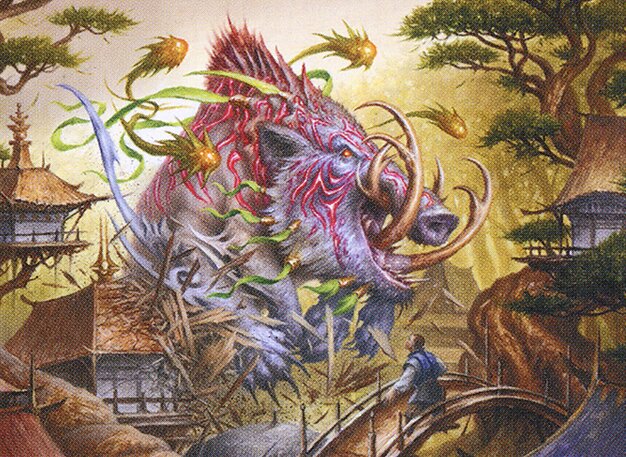
Kaima, the Fractured Calm
Enchantress-style deck that buffs enchanted creatures with +1/+1 counters each end step, growing a board of threats to attack opponents.
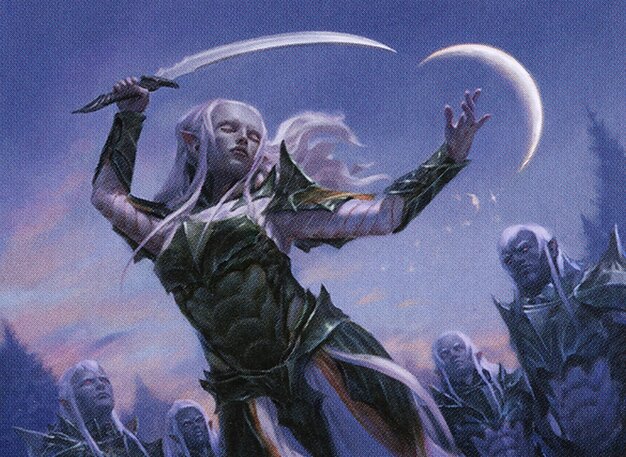
Trelasarra, Moon Dancer
Life gain voltron deck that accumulates life and uses goad effects to pressure opponents, aiming to win through commander damage or overwhelming board presence.
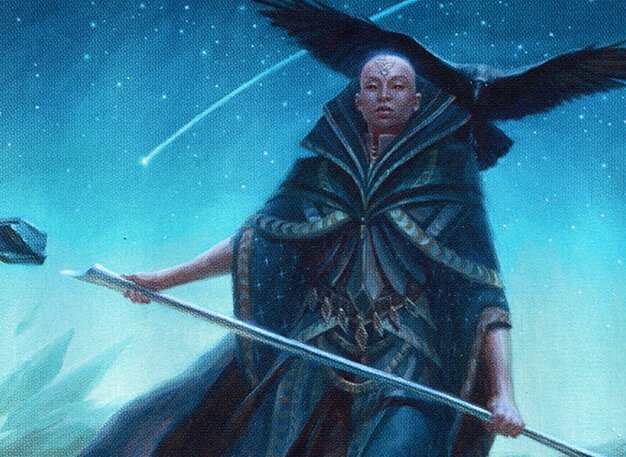
Sefris of the Hidden Ways
Dungeon-exploration deck that manipulates opponents into dungeons, gaining incremental advantages and controlling board state through exploration effects.
Gameplay Insights
- 1
Wilhelt's strategy of sacrificing zombies each end step to draw cards and generate treasures provided steady card advantage and board development.
- 2
Kaima leveraged enchantment synergies to steadily grow creatures, forcing opponents to react to an ever-increasing threat size.
- 3
Trelasarra's life gain and goad mechanics allowed the player to mitigate incoming damage while pressuring opponents with commander damage.
- 4
Sefris used dungeon mechanics innovatively to apply pressure and control, slowly advancing through dungeons to gain incremental benefits.
- 5
Early aggression was tempered by careful mana development and setting up synergies rather than rushing, showing a strategic patience among players.
- 6
The use of budget cards like Liliana of the Veil and Shambling Ghast demonstrated effective power level within a $50 budget constraint.
- 7
Players prioritized attacking the most threatening opponent (Kaima) to prevent the enchantment-based board from overwhelming the game.
Notable Cards
-
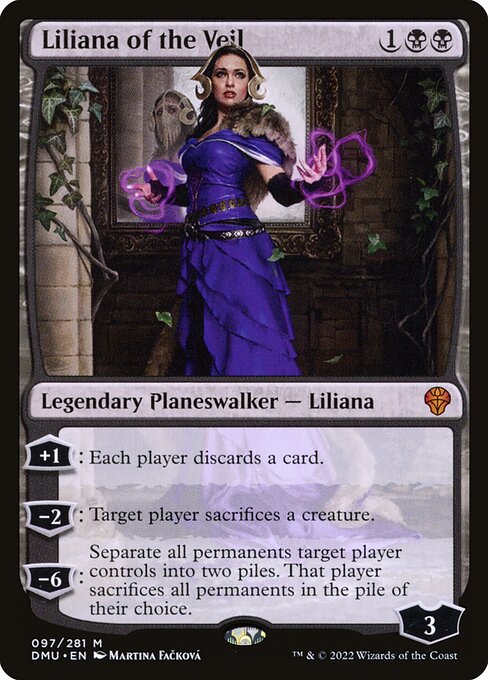
Liliana of the Veil
-
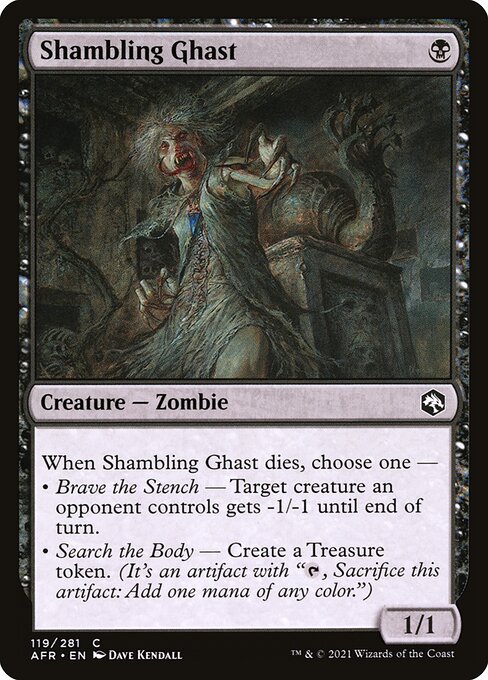
Shambling Ghast
-
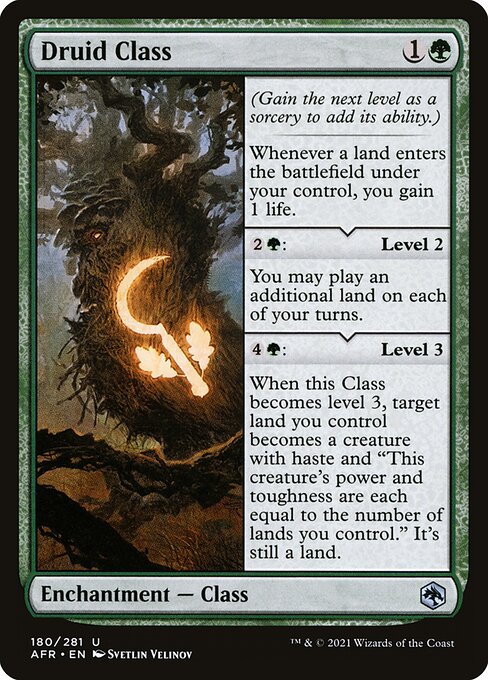
Druid Class
-
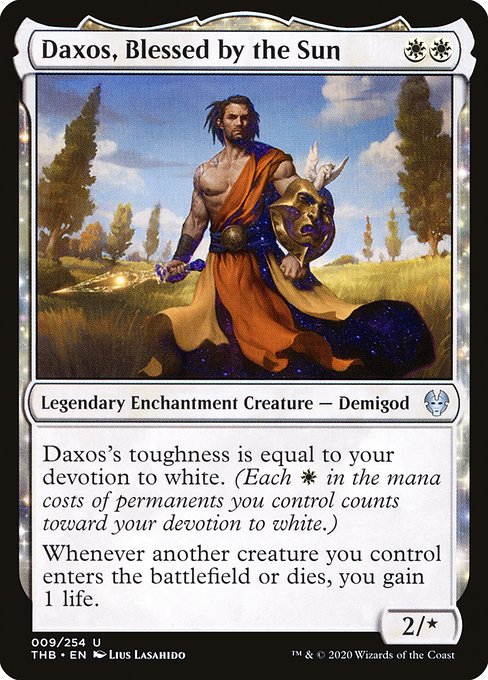
Daxos, Blessed by the Sun
-

Nature's Lore
-

Sunken Hollow
-
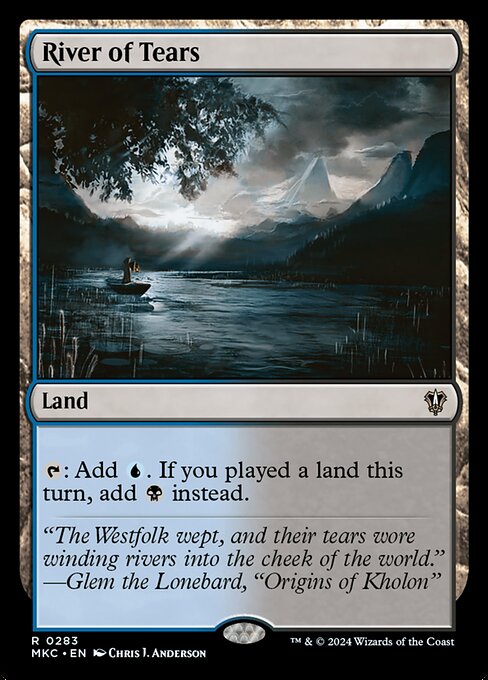
River of Tears
-

Kaima, the Fractured Calm
Gameplay Summary
The game featured four commanders each piloted by different players with distinct strategies.
Wilhelt, the Rotcleaver led a budget zombie tribal deck focusing on sacrificing zombies to draw cards and generate value, with a secondary plan involving Liliana of the Veil to control the board.
Kaima, the Fractured Calm played as an enchantress-style deck, growing creatures by placing +1/+1 counters on enchanted creatures each end step and attacking with a strong board.
Trelasarra, Moon Dancer piloted a life gain voltron deck that could also go wide with lifegain synergies, aiming to win through commander damage or overwhelming the opponents with a large life buffer.
Sefris of the Hidden Ways used a dungeon-exploration strategy, leveraging the new planeswalker's ability to drag opponents into dungeons and gain incremental advantages that way. Early turns saw players establishing mana bases and developing their board states slowly, with Wilhelt starting to generate card advantage through zombie sacrifices.
Kaima got out a significant enchantment engine that buffed creatures every end step, while Trelasarra built up life gain and board presence.
Sefris took advantage of the dungeon mechanic to control game tempo and pressure opponents.
Midgame, Wilhelt managed to put multiple zombies in the graveyard and draw cards, setting up for a late-game swarm.
Kaima's enchantment counters made his creatures formidable attackers, forcing opponents to decide whether to block or take commander damage.
Trelasarra's lifegain allowed staying alive longer, creating a tough-to-kill voltron threat.
The game’s turning point came as Wilhelt’s sacrifice triggers and Kaima’s enchantments synergized aggressively, while Sefris pressured with dungeon effects.
The game revolved around incremental value, board control, and punishing overextensions, ultimately highlighting the challenge of managing multiple synergistic decks in a budget environment.
![Trelasarra vs Wilhelt vs Sefris vs Kaima [Budget EDH/Commander, MTG Gameplay 2022] thumbnail](https://i.ytimg.com/vi/3jTvJtQ7wDc/maxresdefault.jpg)




![Go-Shintai vs Kaima vs Shorikai vs Satoru [Budget EDH/Commander, Magic The Gathering Gameplay 2022] thumbnail](https://i.ytimg.com/vi/RtH14D2XE_M/sddefault.jpg)
![Oswald vs Volo vs Xanathar vs Sefris [EDH/Commander, Magic The Gathering Gameplay] 2021 thumbnail](https://i.ytimg.com/vi/bag0iqwohok/sddefault.jpg)
![Blue in a Blue World, ft. Sefris, Averna, Grazilaxx, and Jan Jansen [EDH/Commander Gameplay 2023] thumbnail](https://i.ytimg.com/vi/RLy6a-8MJiA/sddefault.jpg)
![Sefris vs Will & Max vs Awaken the Blood Avatar vs Burakos [EDH/Commander, MTG Gameplay 2022] thumbnail](https://i.ytimg.com/vi/vGBpSJPhu1c/sddefault.jpg)
![Yarok vs Inalla vs Nekusar vs Yuriko [EDH Gameplay] 2019 thumbnail](https://i.ytimg.com/vi/DMN5TuN0Lhw/sddefault.jpg)
![Lord Windgrace vs Tuvasa vs Niv Mizzet vs Yuriko [EDH Gameplay] 2020 thumbnail](https://i.ytimg.com/vi/PVpLAAPdUg0/sddefault.jpg)
![Zacama vs Lord Windgrace vs Kalamax vs Nicol Bolas [EDH Gameplay] 2020 thumbnail](https://i.ytimg.com/vi/gxW36IDCHOg/sddefault.jpg)
![Tuvasa vs Drana vs Greven vs Yuriko [EDH Gameplay] 2020 thumbnail](https://i.ytimg.com/vi/-hHy2sHIzKw/sddefault.jpg)
![Ojutai vs Kalamax vs Greven vs Niv-Mizzet [EDH Gameplay] 2020 thumbnail](https://i.ytimg.com/vi/t177nY7wtgk/sddefault.jpg)
![Atla Palani vs Zacama vs Nekusar vs Nicol Bolas [EDH Gameplay] 2020 thumbnail](https://i.ytimg.com/vi/LPKjyt_EYrM/sddefault.jpg)
![Random Deck Roulette! [Commander VS 291] | Magic: the Gathering Commander Gameplay thumbnail](https://i.ytimg.com/vi/L2Xh88xu-bk/sddefault.jpg)




























